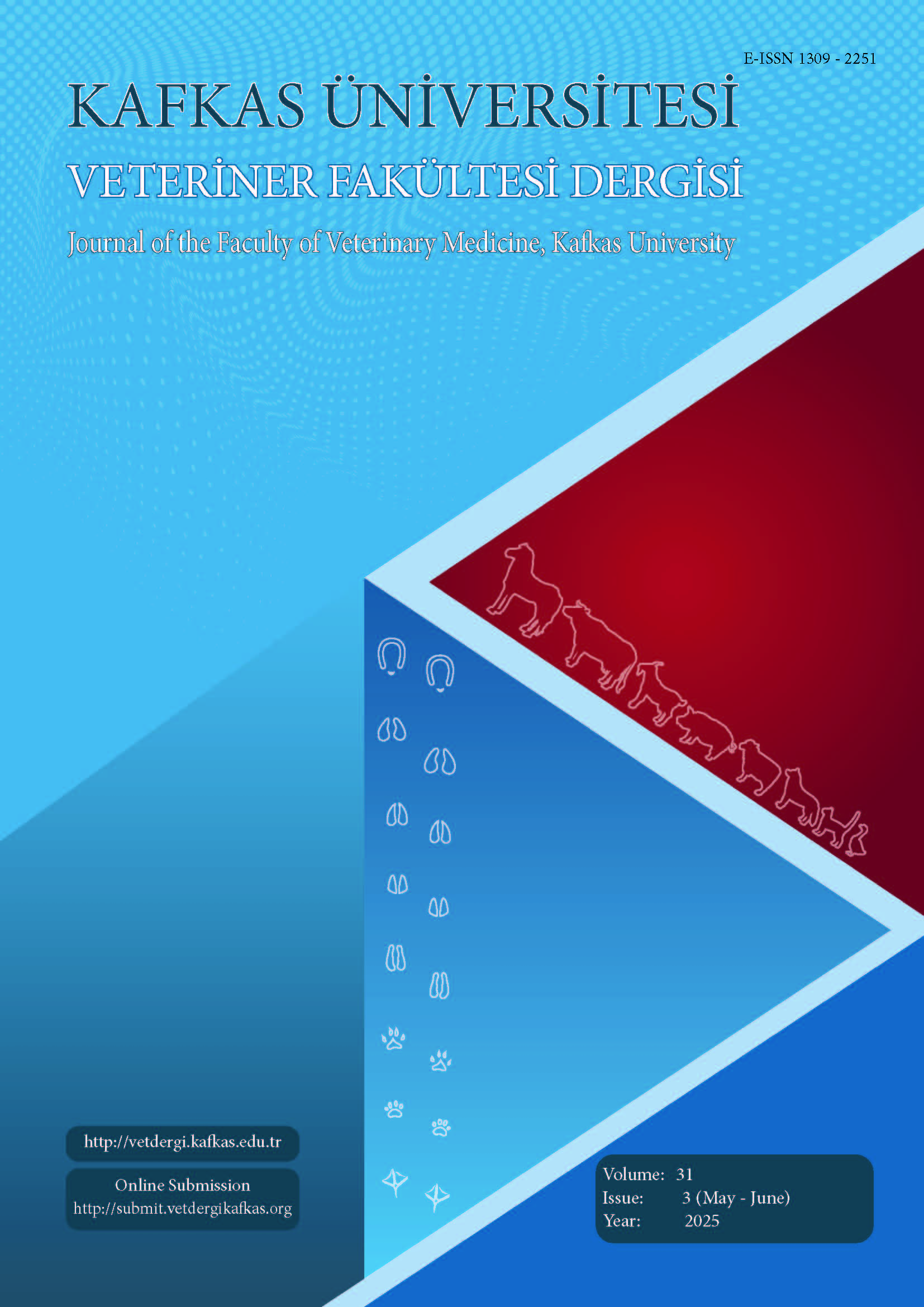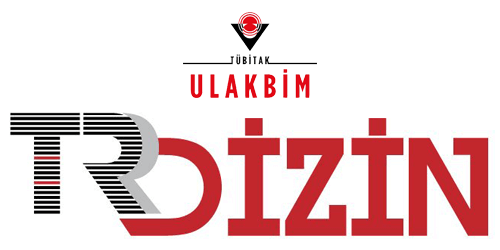
This journal is licensed under a Creative Commons Attribution-NonCommercial 4.0 International License
Kafkas Üniversitesi Veteriner Fakültesi Dergisi
2025 , Vol 31 , Issue 3
Comprehensive Review of Fowl and Duck Adenovirus Vaccines Development: Innovations, Challenges, and Future Directions
1Department of Veterinary Laboratory Diagnosis, Serdang, Malaysia Faculty of Veterinary Medicine, Universiti Putra Malaysia, 43400 Serdang, Selangor, MALAYSIA2Department of Veterinary Pathology and Microbiology, Faculty of Veterinary Medicine, Universiti Putra Malaysia, 43400 UPM Serdang, Selangor, MALAYSIA
3Institute of Bioscience, Universiti Putra Malaysia, 43400 UPM Serdang, Selangor, Malaysia, Serdang, MALAYSIA
4Department of Cell Biology and Molecules, Faculty of Biotechnology and Biomolecular Sciences, 43400 UPM Serdang, Selangor, MALAYSIA DOI : 10.9775/kvfd.2025.33751 Fowl adenovirus (FAdV) and Duck adenovirus are key poultry pathogens, causing inclusion body hepatitis, hydropericardium syndrome, Egg Drop Syndrome (EDS), and sudden mortality in broilers, layers, and ducks. These pathogens contribute significantly to economic losses in the global poultry industry. Consequently, measures such as vaccine development to control and prevent these agents have been extensively researched, with recent advancements showing promise. This review discusses recent advancements in vaccines for avian adenovirus species, challenges faced in studies, and future directions for developing effective vaccines against these viruses. Our study highlights that research has focused on 2nd (subunit) and 3rd (recombinant viral vector) generation vaccines, which combine multiple immunogenic proteins for single-shot protection against various avian diseases. Studies show that capsid proteins, particularly fiber, provide the highest protection rates, with reduced viral shedding and clinical signs in poultry. Significant discrepancies exist among studies evaluating vaccines for poultry due to variations in bird type, age, challenge strains, vaccine strains, dosage, administration frequency, small sample sizes, and unexamined immune responses or pathogenic mechanisms. These challenges hinder optimal vaccine identification, as many fail to protect chickens fully. Future studies should focus on real-life testing, FAdV infection mechanisms, and passive immunity transfer to progeny post-immunization. Keywords : Duck adenovirus (DAdV); Fowl adenovirus (FAdV); immunity; poultry; vaccine










